
Published:
Readtime: 17 min
Every product is carefully selected by our editors and experts. If you buy from a link, we may earn a commission. Learn more. For more information on how we test products, click here.
Hailing from the Cognac region in Southwest France, it’s hard to look past names like Hennessy, Rémy Martin, and Pierre Ferrand when you’re searching for the best. However, our list below will uncover a few brands you’ve likely never heard of to teach you a thing or two along the way as well.
Sharing more in common with wine than your favourite corn-based bourbon, each bottle of Cognac has craftsmanship down to a science. Behind a number of these premium expressions are the most sought-after cognac houses on earth, most of which have been around for decades. Check out our favourite brands below, pour some of their finest into the nearest sifter, and you’ll be sipping in style in no time.
The Best Cognac Brands at a Glance
Our list of the best Cognac brands goes like this.
- Best overall: Hennessy
- Best premium: Louis XIII
- Best value-for-money: Monnet
Now we’ve rounded up our favourites, let’s check out the complete list.
Related: Wondering what the difference is between Brandy and Cognac? Check it out here.
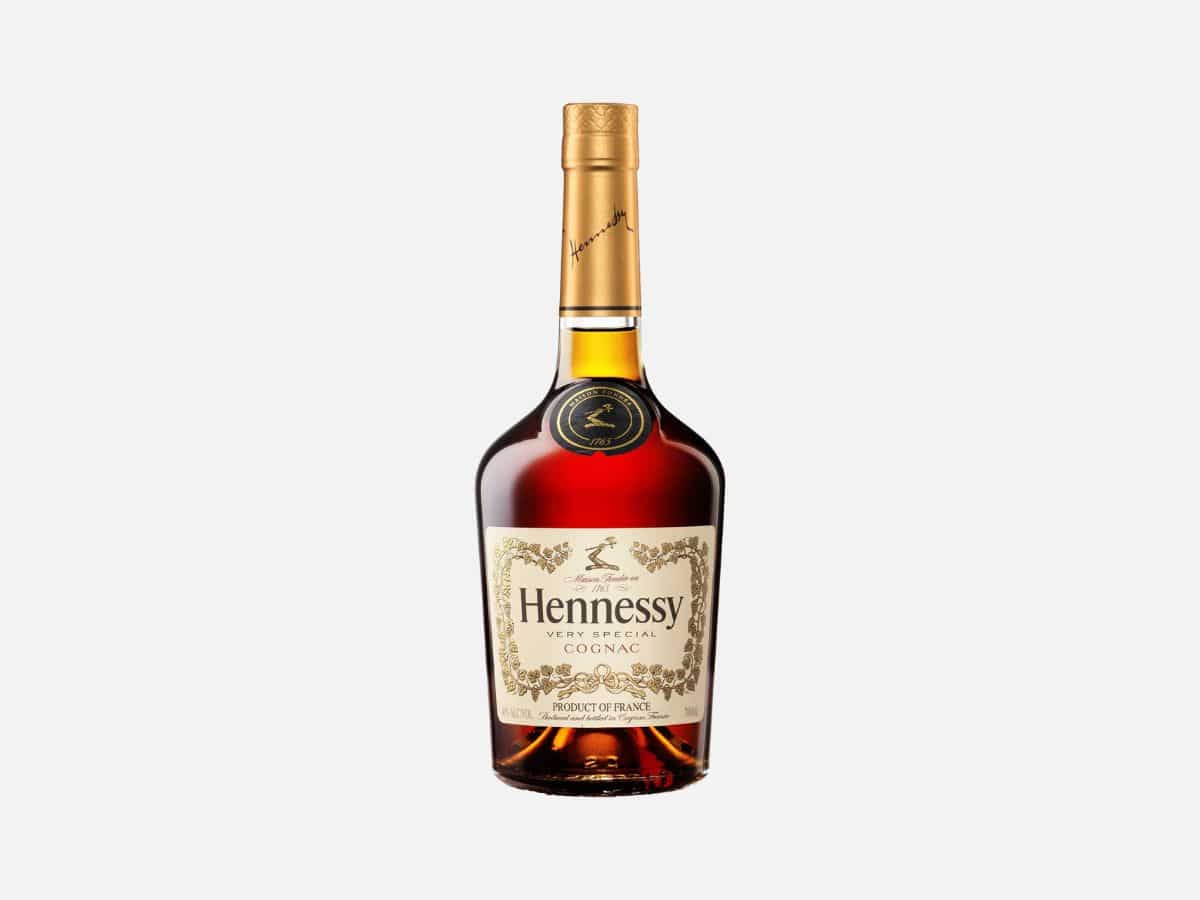
1. Hennessy
One of the biggest names in the cognac world, Hennessy seems to spend just as much on marketing as it does on distilling. But just because it’s a flashy brand, that doesn’t mean it should be avoided. With more than 250 years of history and seven generations of cognac makers, there’s a reason Hennessy is one of the most well-known cognac makers in the world. Its popular Hennessy VS is a great example of this. With more than 40 Eaux de vies (unaged brandy) included from the four main growing regions, it’s known for its fruity, caramel, and vanilla flavour.
Founded: 1765
Founder: Richard Hennessy
Headquarters: Cognac, France
Price: from AU$70
Shop at Hennessy Shop at Dan Murphy’s Shop at Liquor Land
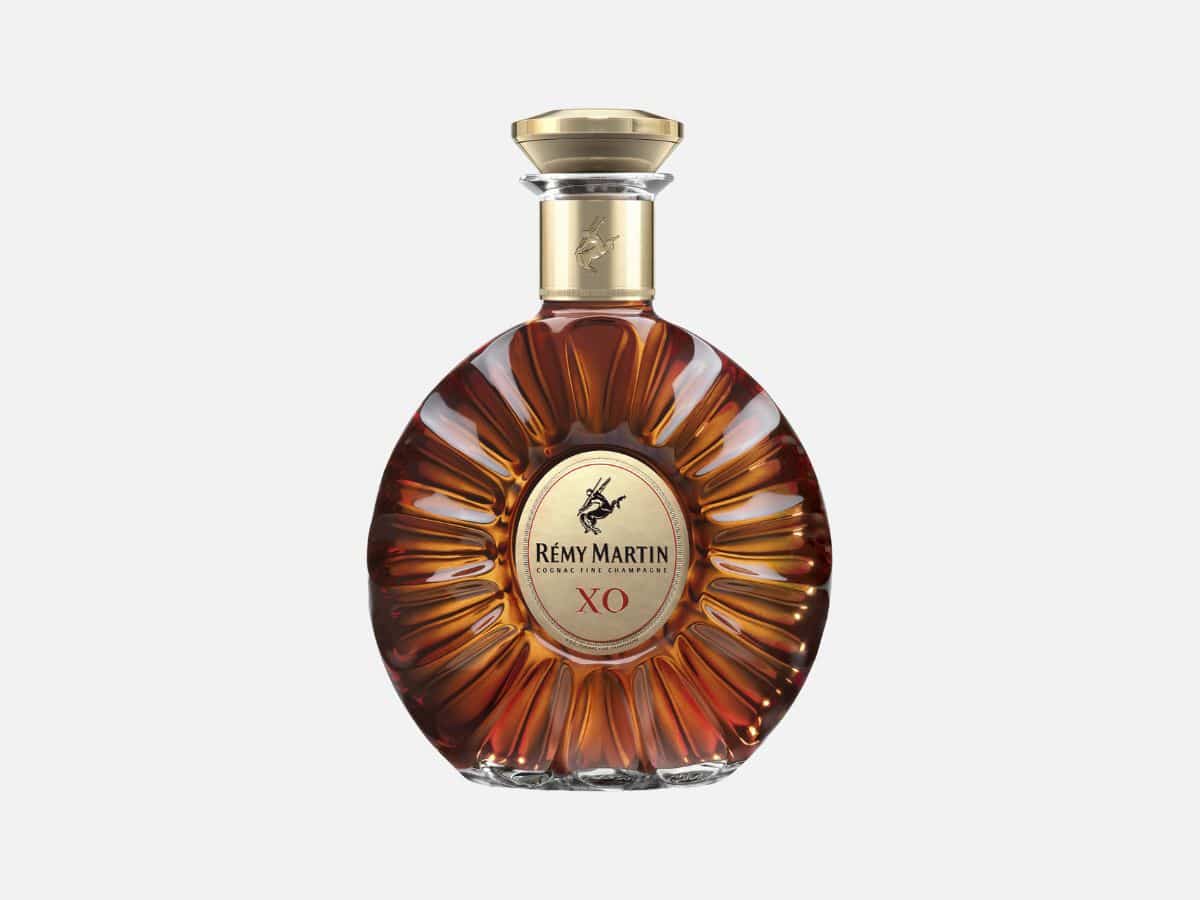
2. Rémy Martin
Founded way back in 1724, Rémy Martin is one of the oldest cognac producers in the world. One of the biggest cognac houses, Rémy Martin produces myriad different popular expressions. One of its more notable expressions is its VSOP. Aged two times longer than VS, it’s known for its flavors of dried fruits, vanilla beans, licorice, and its easy-drinking, mellow flavour. It’s the kind of cognac that will make you want to try everything the brand has to offer.
This is also the brand behind the exclusive and renowned Louis XIII, which blends 1200 individual Eaux-de-vie from Grande Champagne vineyards, representing an age range from 40 to 100 years. Should you ever score a bottle, don’t even think about using it in a cocktail.
Founded: 1724
Founder: E. Rémy Martin
Headquarters: Cognac, France
Price: from AU$90
Shop at Rémy Martin Shop at Dan Murphy’s Shop at The Whisky Exchange
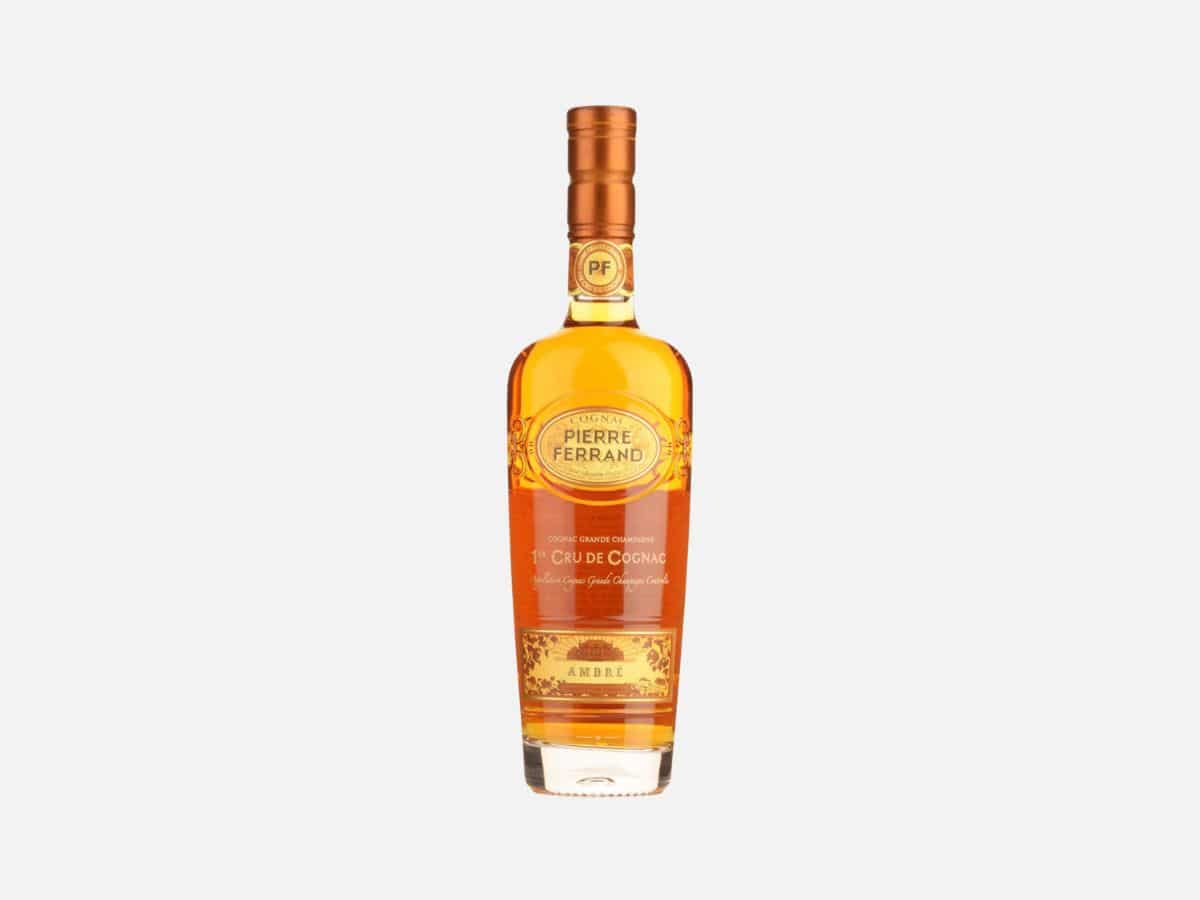
3. Pierre Ferrand
Pierre Ferrand has become a well-known name in the cognac world in a relatively short time. While some of the other cognac houses can trace their genesis to the 18th and 19th centuries, Alexandre Gabriel founded Pierre Ferrand in 1989. In the years since, its fanbase has grown thanks largely to consistently great, well-made expressions like its Pierre Ferrand 1840. Known for its slightly spicy, fruity, honey, and caramel-centric flavour profile, it’s a great place to start with this cognac house.
A living testament to the art of blending, Pierre Ferrand marries various vintages to harmonious effect. Striving for absolute distinction, the brand doesn’t abide by the traditional classifications of VS, VSOP, and XO. Instead, it employs unique designations and occasionally veers outside of regulatory practices. In turn, some output doesn’t fall under the official “cognac” banner, even if it’s crafted entirely from Grande Champagne grapes. Suffice it to say, every aspect of this operation emanates an artisanal vibe.
Founded: 1702, company founded in 1989
Founder: Alexandre Gabriel
Headquarters: Chateau de Bonbonnet in Ars, a town in the Cognac region of France.
Price: from AU$70
Shop at Pierre Ferrand Shop at Dan Murphy’s Buy it here Nicks
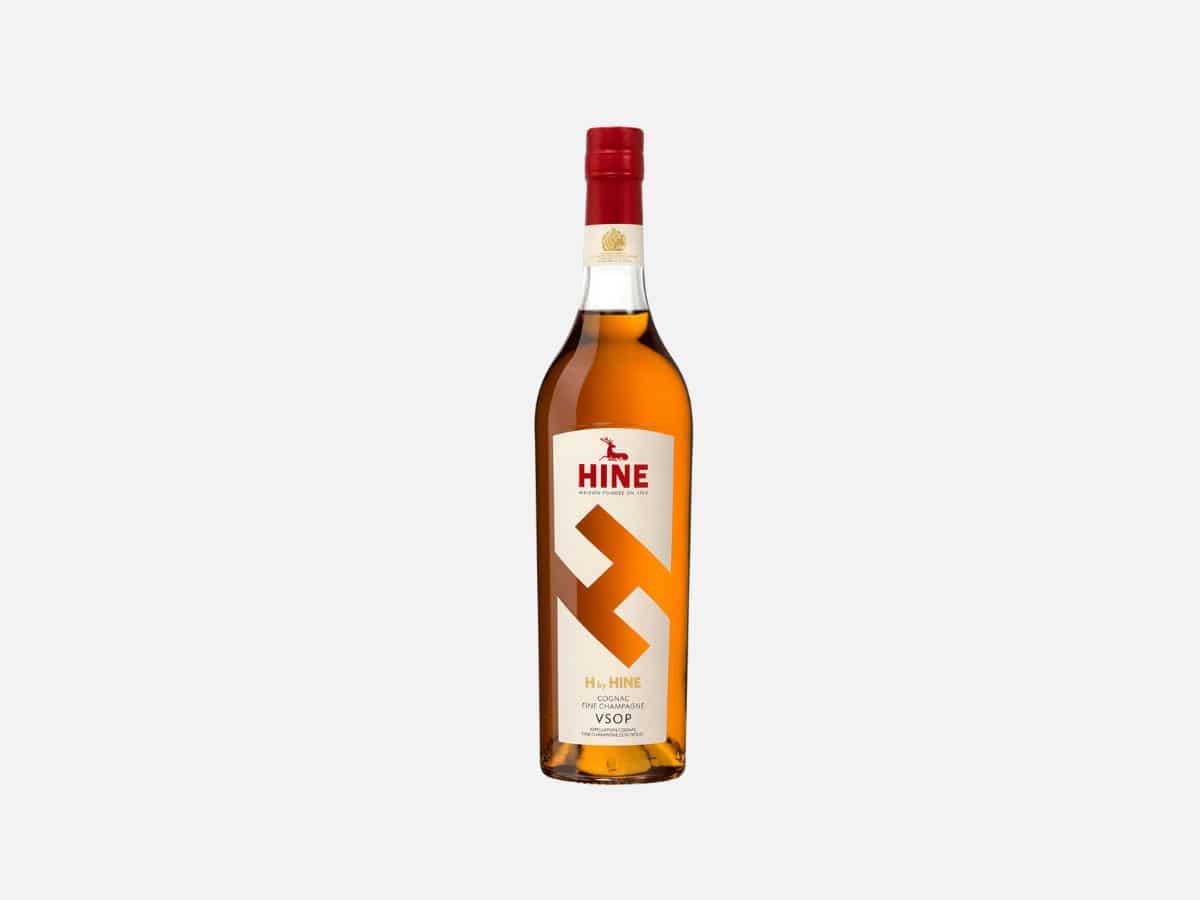
4. Hine
The vast majority of the best cognac châteaux have been in the game for centuries, and Hine is certainly no exception. Since 1763, the acclaimed brand has been turning grapes into greatness by way of abundant resources and expert production techniques. Virtually everything this top cognac house produces strikes a distinctive accord, and no two releases in the Vintage Collection are exactly the same.
One of the best cognacs under $100 is their bottle of Hine Rare VSOP. It’s one of the brand’s most popular expressions and blends 20 different cognacs to create slightly smoky, vanilla, honey, and fruity flavours.
Founded: 1763
Founder: Thomas Hine
Headquarters: Jarnac, France
Price: from AU$100
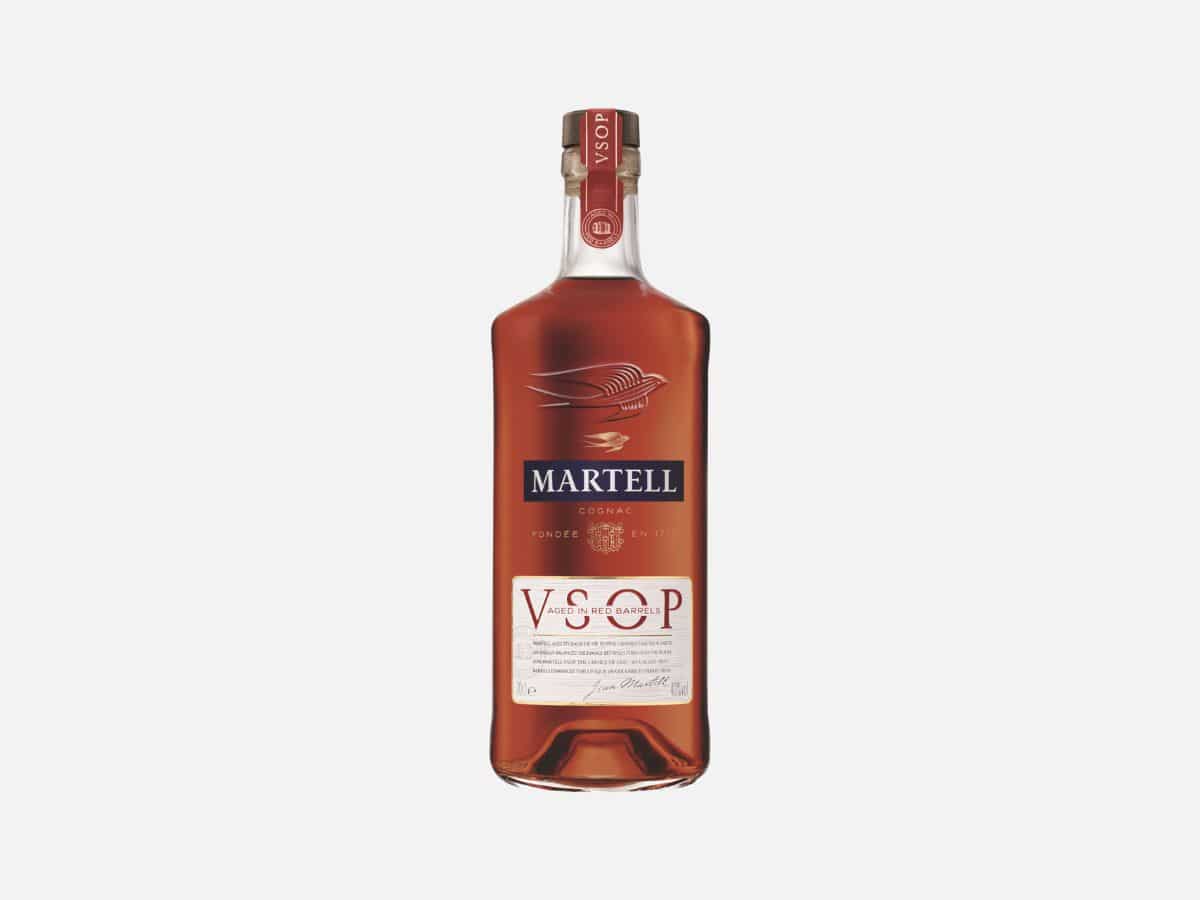
5. Martell
You might know some of the other cognac houses better, but Martell is actually the oldest of the ‘big four’ (Hennessy, Courvoisier, and Rémy Martin are the others). Founded in 1715 by Jean Martell, the brand makes one of the best gateway cognacs on the market. Martell Blue Swift is a VSOP that is finished in ex-bourbon barrels. The result is a bold, rich cognac with notes of oaky wood, vanilla beans, dried fruits, and just a hint of wintry spice at the finish.
Martell has craftsmanship and quality on lock, hence its broad slate of smooth sippers. Odds are you’ve seen Martell VSOP Cognac sitting on the shelf at the nearest upscale lounge, but that’s merely skirting the surface. Take a deeper dive and you’ll discover Cordon Bleu, a premium XO blend that marries 10 to 25-year vintages, using grapes from four different regions.
Founded: 1715
Founder: Jean Martell
Headquarters: Cognac, France
Price: from AU$80
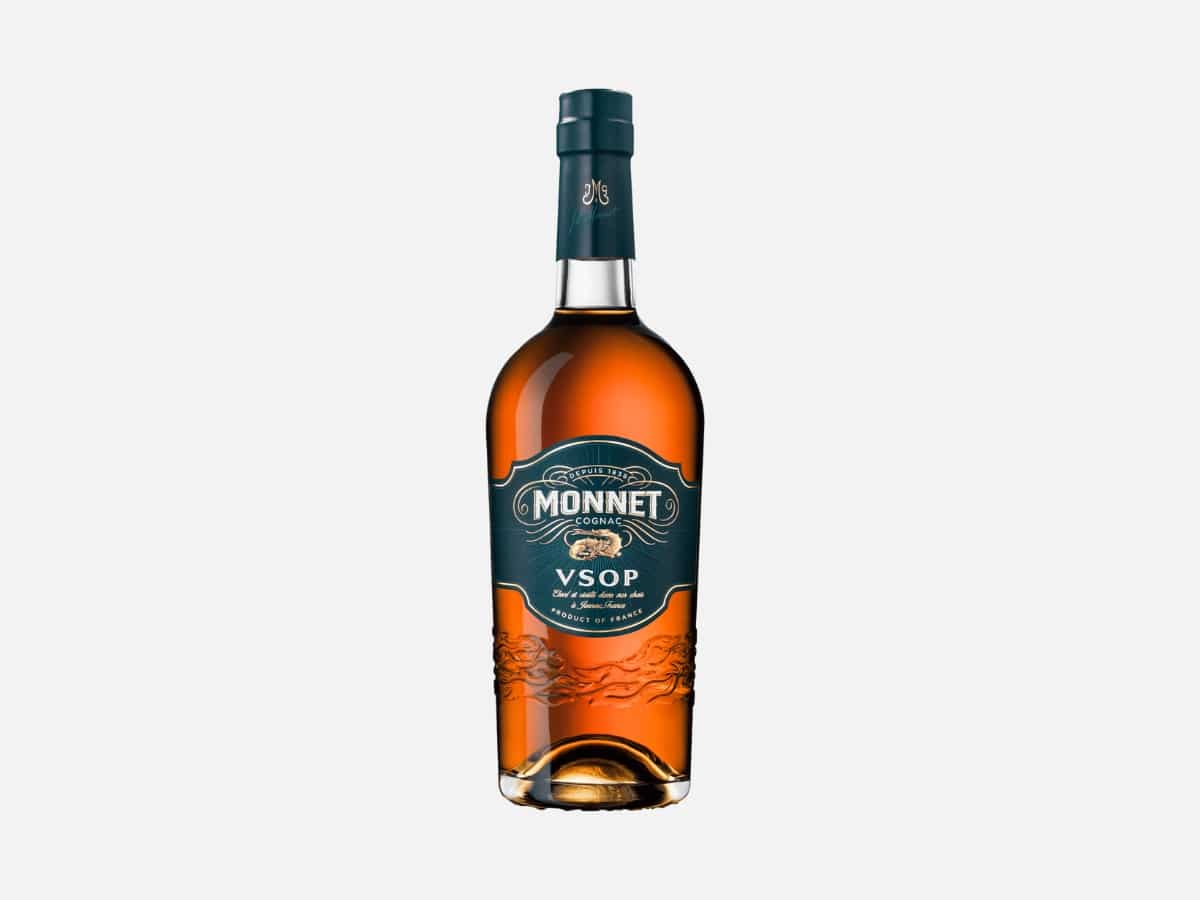
6. Monnet
We recently had the chance to try the full breadth of the Monnet Cognac range from VS to XXO. These are ‘sunny’ cognacs – meaning they’re focused on warm, fruity, and strong floral notes. We weren’t the biggest fan of the VS drop, but the VSOP and XO were particular standouts for their freshness and finesse. A gold medal winner at the International Spirits Challenge 2016, the Monnet VSOP is our pick of the bunch (AU$120) with great value for money and a palate of fresh flowers, delicate spices, and a soft touch of vanilla. It’s best served straight, but you could just as easily add it to your favourite cognac cocktail.
Founded: 1838
Founder: Jean-Gabriel Monnet
Price: from AU$80
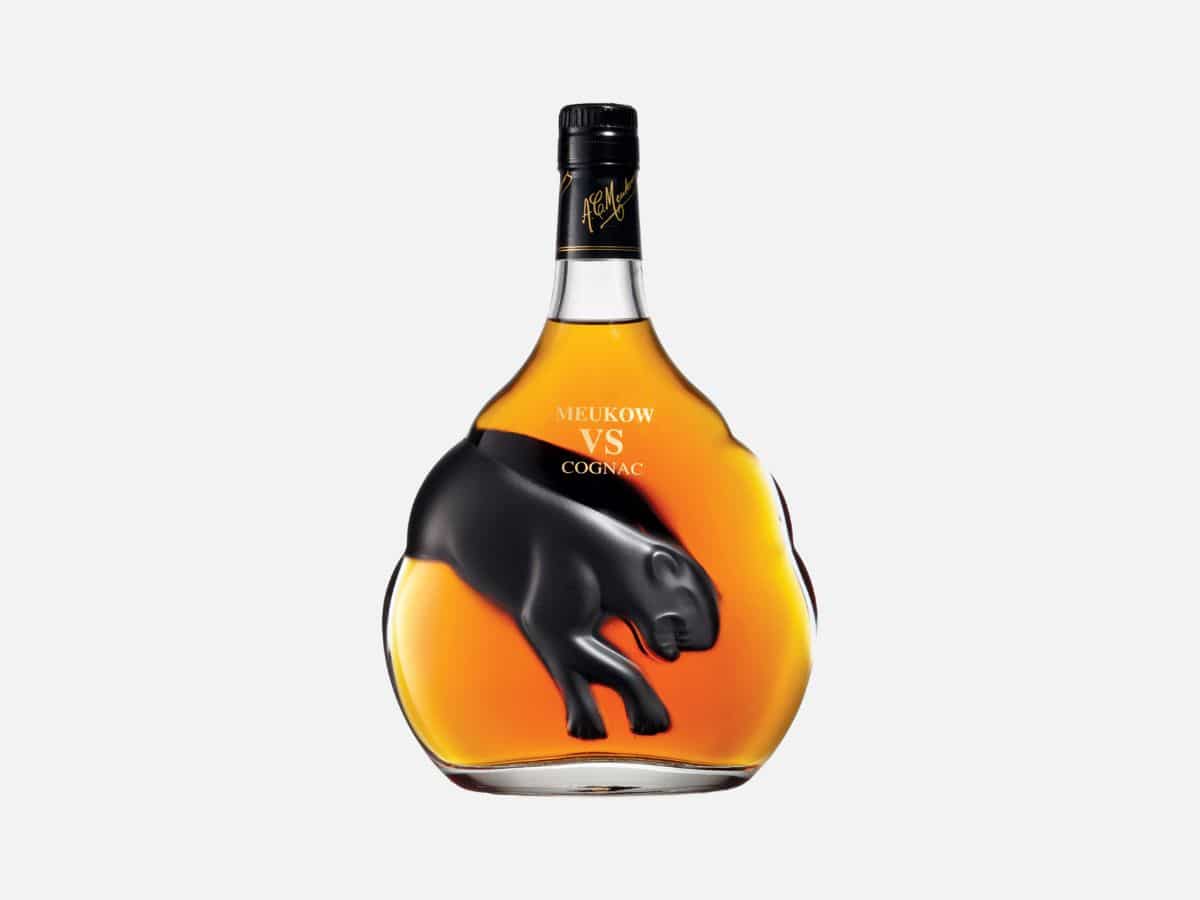
7. Meukow
When we think of cognac houses with foreign-born founders, this usually means Ireland, England, or somewhere else in the British Isles. If you haven’t guessed already by Meukow’s name, it’s a little different than most of the other houses. That’s because its founders, Auguste-Christophe and Gustav Meukow, brothers moved from Silesia (in Poland) in search of Eaux de vie. After some time, they decided to actually start their own house in 1862. With its black panther-adorned bottle Meukow VS which offers an oaky, fruity, vanilla flavour, it’s the place to start your journey.
This iconic distillery underwent renovations at the turn of the 21st century and now ranks among the most technically advanced cognac houses. Distinguishing each expression is a brilliant sense of balance and complexity, as flavours of fruit, wood, and nuts partake in a delicate dance.
A number of the brand’s releases are quite affordable, making them some of the best cognacs for under $100 and sometimes even $50. That is until you throw all those hefty import fees into the equation.
Founded: 1862
Founder: Auguste-Christophe and Gustav Meukow
Headquarters: Cognac, France
Price: from AU$50
Shop at Meukow Shop at Dan Murphy’s Shop at BWS
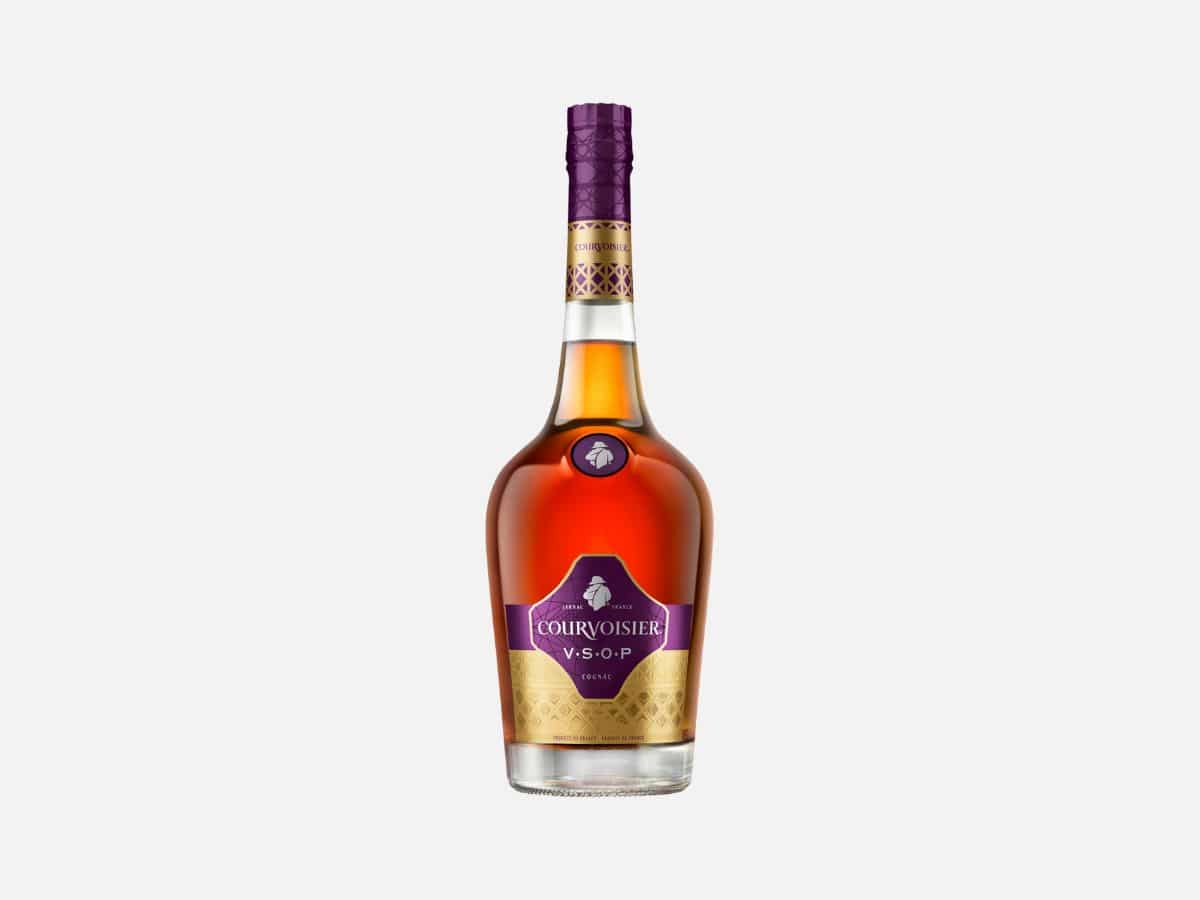
8. Courvoisier
Much more than just the drink of choice of ‘The Ladies Man’, Courvoisier is the youngest of the ‘big four’ houses. With its inception in 1835 in the town of Jarnac, it’s known as the least traditional of the major houses. A VS cognac that’s a mix of young and old, each selected for its exceptional flavours of dried raisins, caramel, toasted oak, honey, and just a hint of peppery spice at the very end. This is the kind of cognac that has us coming back again and again – and we’re not alone.
This brand was championed by everyone from Napoleon Bonaparte to Busta Rhymes. A little more on the Napoleon connection: after visiting the distillery in 1811, he reportedly began dispensing this particular spirit to his troops during the Napoleonic Wars. Given the emperor’s subsequent defeat in 1815, we’re not so sure that was such a good idea. According to legend, he also requested several casks of Courvoisier as his one luxury item upon being exiled. Multiple benchmarks would follow for this beloved and wildly successful brand.
Founded: 1835
Founder: Felix Courvoisier
Headquarters: Jarnac, Charente
Price: from AU$80
Shop at Courvoisier Shop at Dan Murphy’s Shop at First Choice
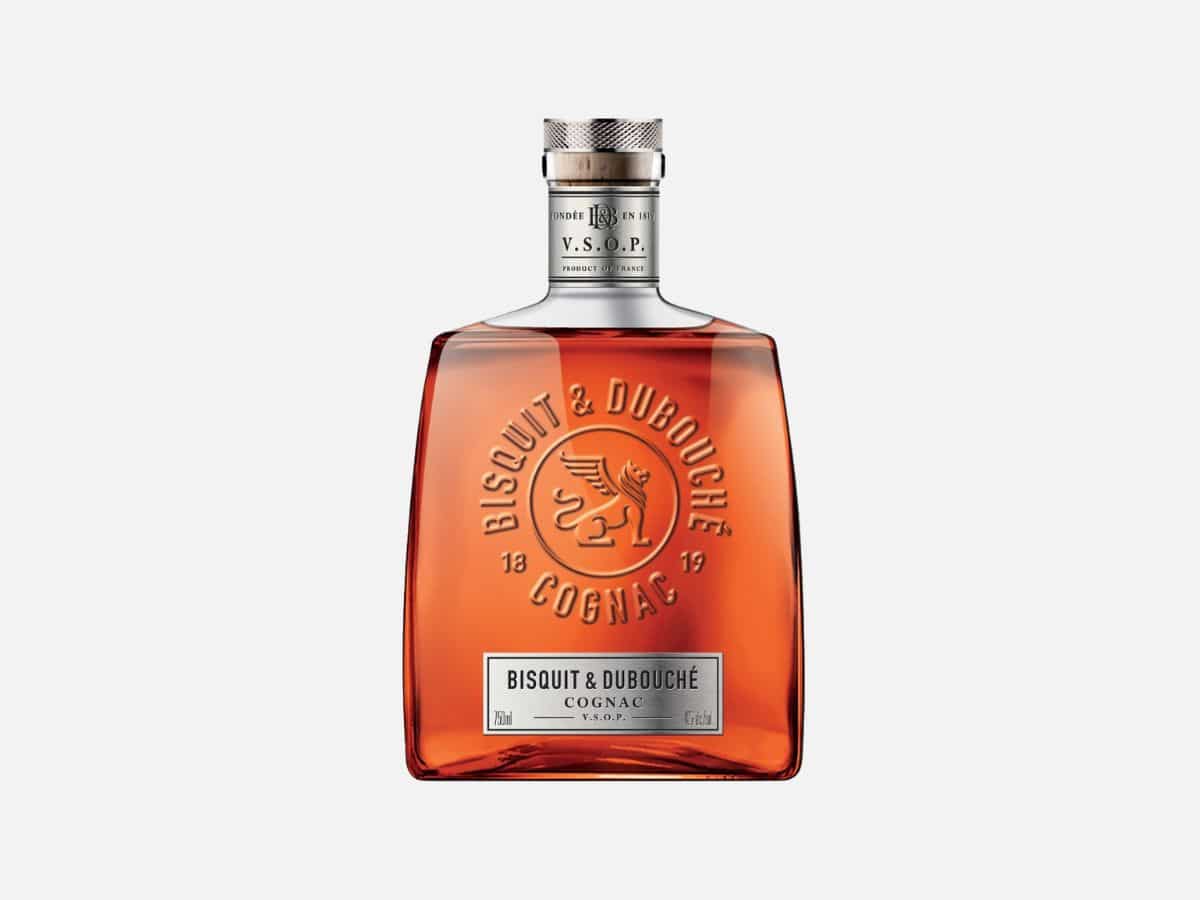
9. Bisquit and Dubouché
Last year Bisquit Cognac returned to its roots when it was rebranded as Bisquit & Dubouché. This was the original name of the popular brand. It was founded in 1819 by Alexandre Bisquit and Adrien Dubouché. Its surprisingly well-priced VSOP is a great way to get acquainted with the house. Made with a blend of Petite and Grande Champagne Eaux de vies, it’s known for its subtly spicy flavour profile featuring crisp apple, dark chocolate, vanilla, and oak. It’s the kind of cognac that will make you realize there is more to the spirit than simply the big names.
Founded: 1819
Founder: Alexandre Bisquit and Adrien Dubouché
Headquarters: Milan, Italy (Campari Group).
Price: from AU$70
Shop at Bisquit & Dubouché Shop at Vintage Cellars Shop at The Whisky Exchange
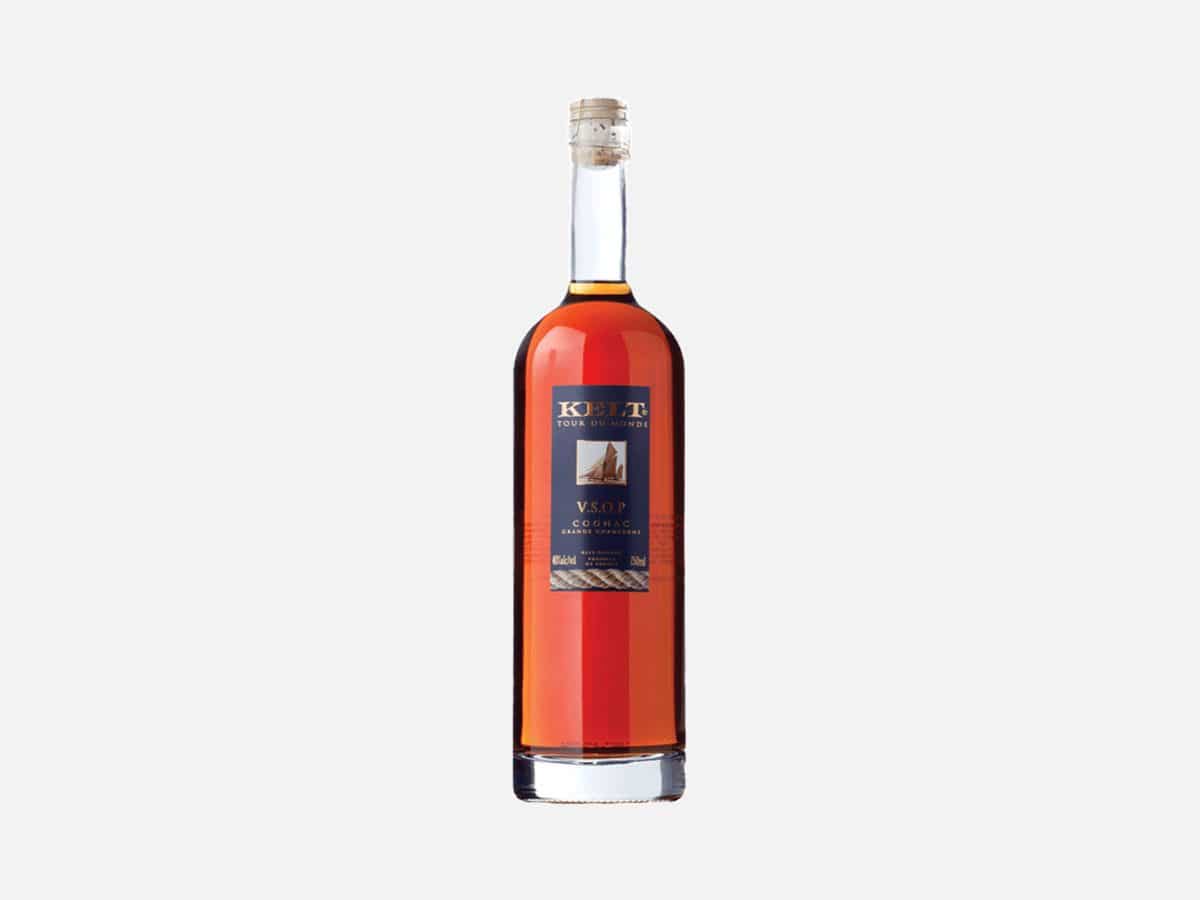
10. Kelt
While most of the Cognac brands are entrenched in historical, traditional methods, to say Kelt is more interested in contemporary innovations is a major understatement. Instead of simply aging in a dank, cold barrelhouse, Kelt embarks on what it calls a ‘tour du monde’ where the juice matures for 3 months in Limousin barrels at sea. Yes, you read that right. It’s ocean-aged. The result is a rich, mellow, fruity cognac with notable flavours like vanilla, dried fruits, and rich, warming oak.
We might’ve come a long way in the time since, but that hasn’t stopped the brand from utilising those former practices. Does it amount to some of the best cognacs you’ll ever try? We highly recommend you pick up a bottle of the Tour Du Monde VSOP or XO to find out.
Founder: Olev Kelt
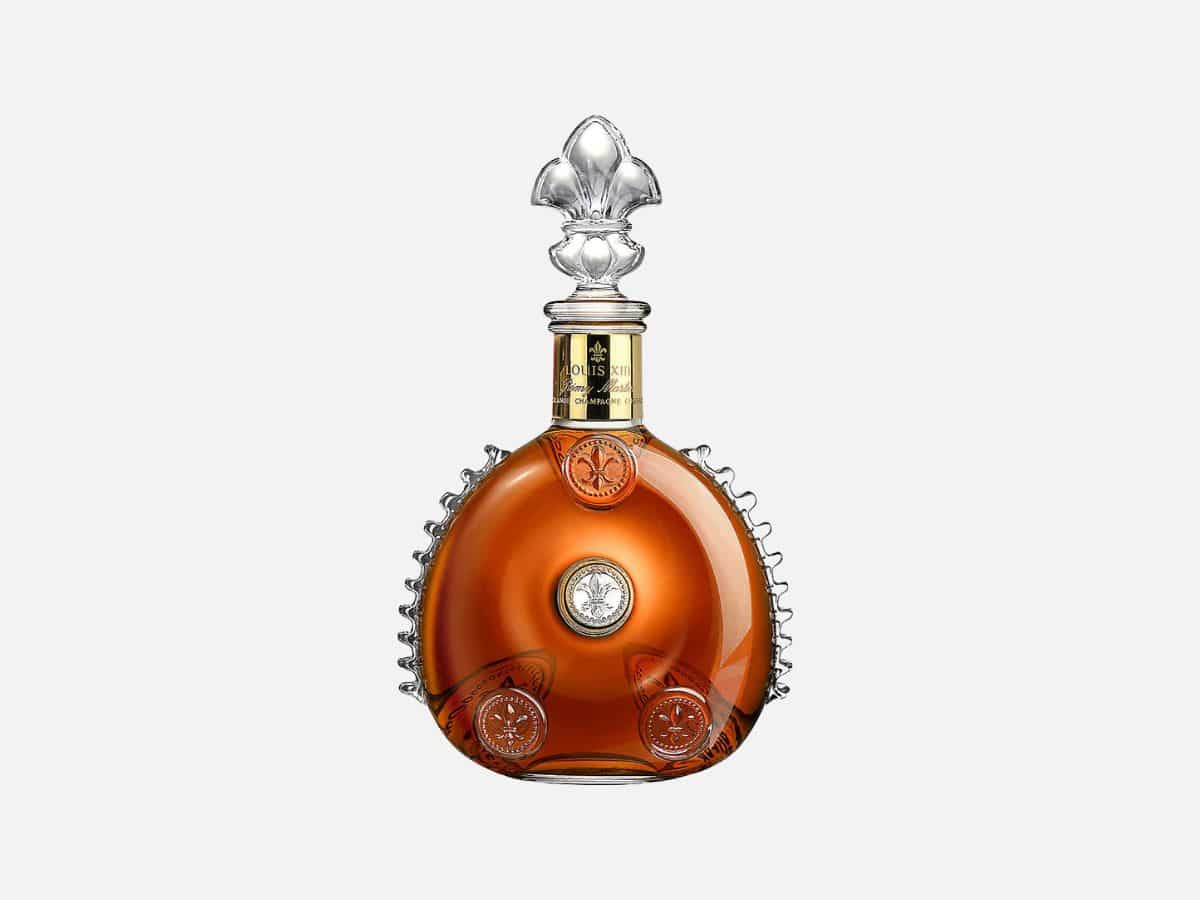
11. Louis XIII
If you know anything about Louis XIII, the house likely features some of the most over-the-top, exquisite decanters in the world. Named for Louis XIII, the first monarch to list cognac as a spirit of its own, this brand was created by Rémy Martin in 1874. Known for its ridiculously old cognacs, its flagship Louis XIII cognac is a blend of Grande Champagne Eaux de vies. It’s known for its flavours of pipe tobacco, oaky, honey, and dried fruit.
Founded: 1874
Founder: Paul-Emile Rémy Martin
Headquarters: Cognac, France
Price: from AU$4000
Shop at Louis XIII Shop at Dan Murphy’s Shop at First Choice
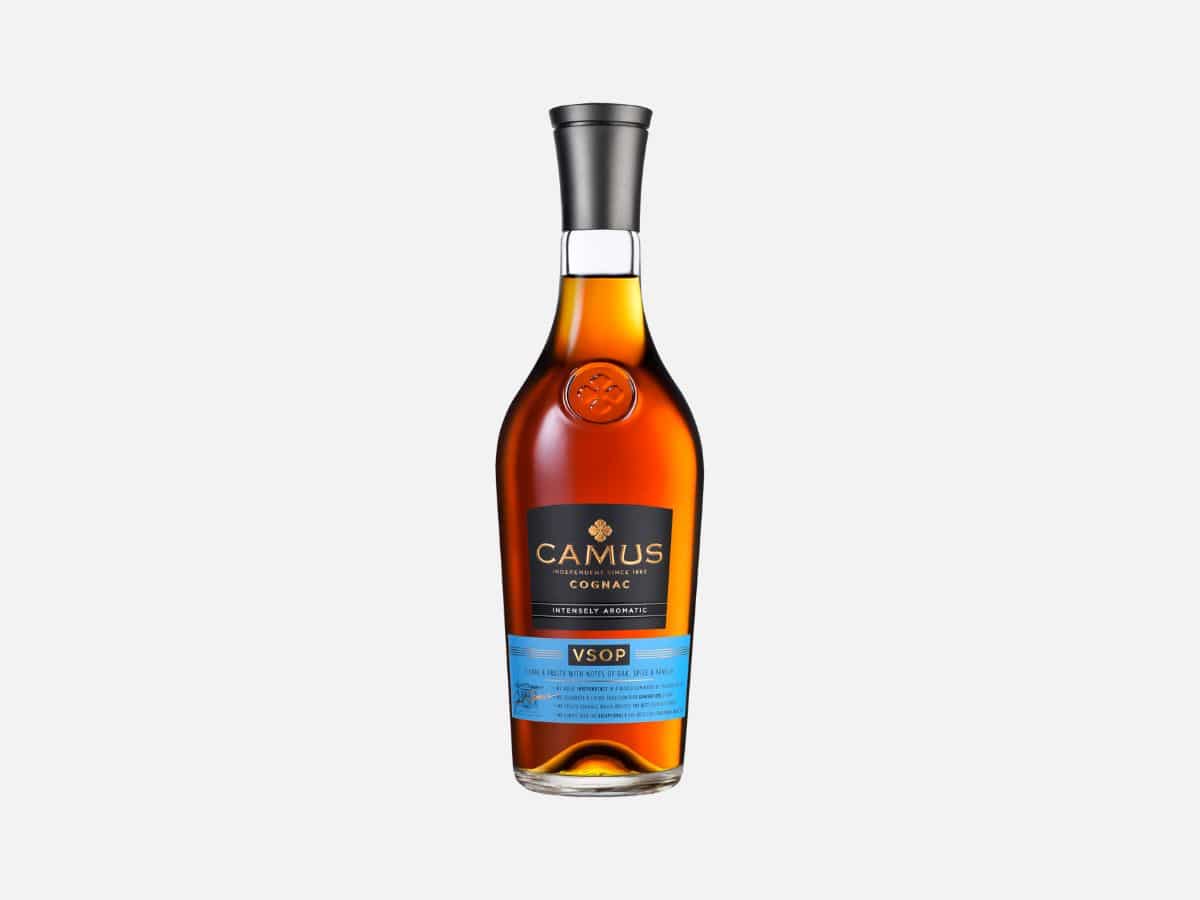
12. Camus
One of the largest family-owned cognac houses, Camus was founded in 1863 by Jean-Baptiste Camus. Over the years, the house has managed to stay a family business for more than five generations. Whereas most distilleries have been swallowed up (i.e. bought out) by bigger fish, Camus retains an independent streak, keeping it in the family since 1863. Nowhere is that more evident than with the Broderies Range, which consists of single-estate blends produced from the label’s own vineyards. The stamp of distinction starts with the wondrous aromas and extends to the luscious, complex taste.
While the brand makes myriad expressions, the best starting point is likely its VSOP. This popular expression is known for its spicy, sweet flavour profile of cracked black pepper, vanilla beans, dried fruits, and tropical fruits.
Meanwhile, Camus continues to shake things up after all these years. On the heels of its acclaimed Elegance Range, the distillery recently debuted new VS, VSOP (mentioned above), and XO statements. Each one brings over 150 years of craftsmanship to fruition and delivers exceptional colour, aroma, and taste as a result.
Founded: 1863
Founder: Jean-Baptiste Camus
Headquarters: Cognac, France
Price: from AU$100
Shop at Camus Shop at Dan Murphy’s Shop at Nicks
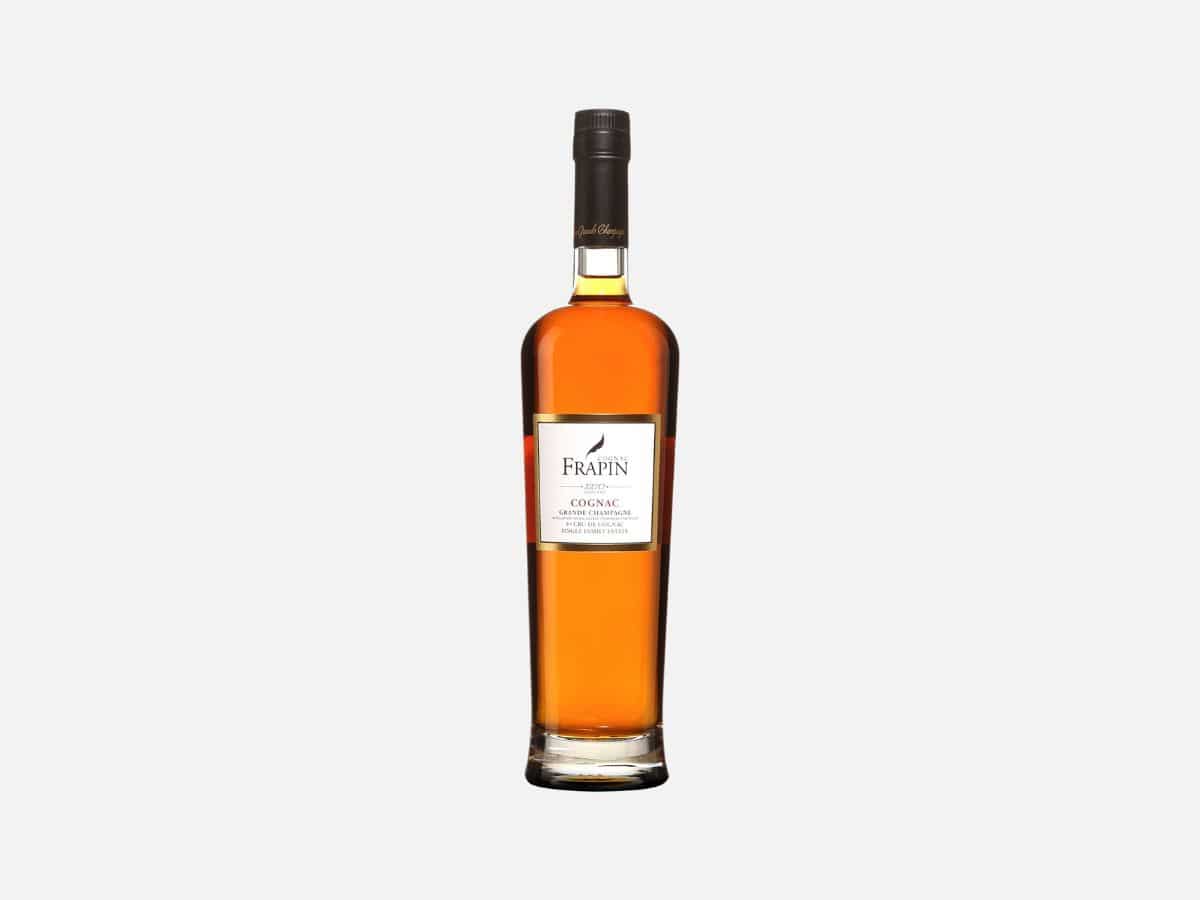
13. Frapin
Here we have another independent producer of the highest regard, which maintains a single estate in the heart of France’s Grande Champagne region.
While the brand itself is much younger, the Frapin family has been crafting cognac in the town of Segonzac since 1270. Twenty generations later they’re still gaining global recognition as one of the best Cognac brands. A good starting point to get to know this brand is its Frapin 1270. This single-estate cognac was made from grapes grown, distilled, and aged all at the Frapin estate. Aged in Limousin oak barrels, we love it for the floral, fruity, vanilla-centric flavour profile.
Founded: 1270
Founder: Frapin family
Headquarters: Segonzac, France
Price: from AU$120
Shop at Frapin Shop at The Whisky Exchange
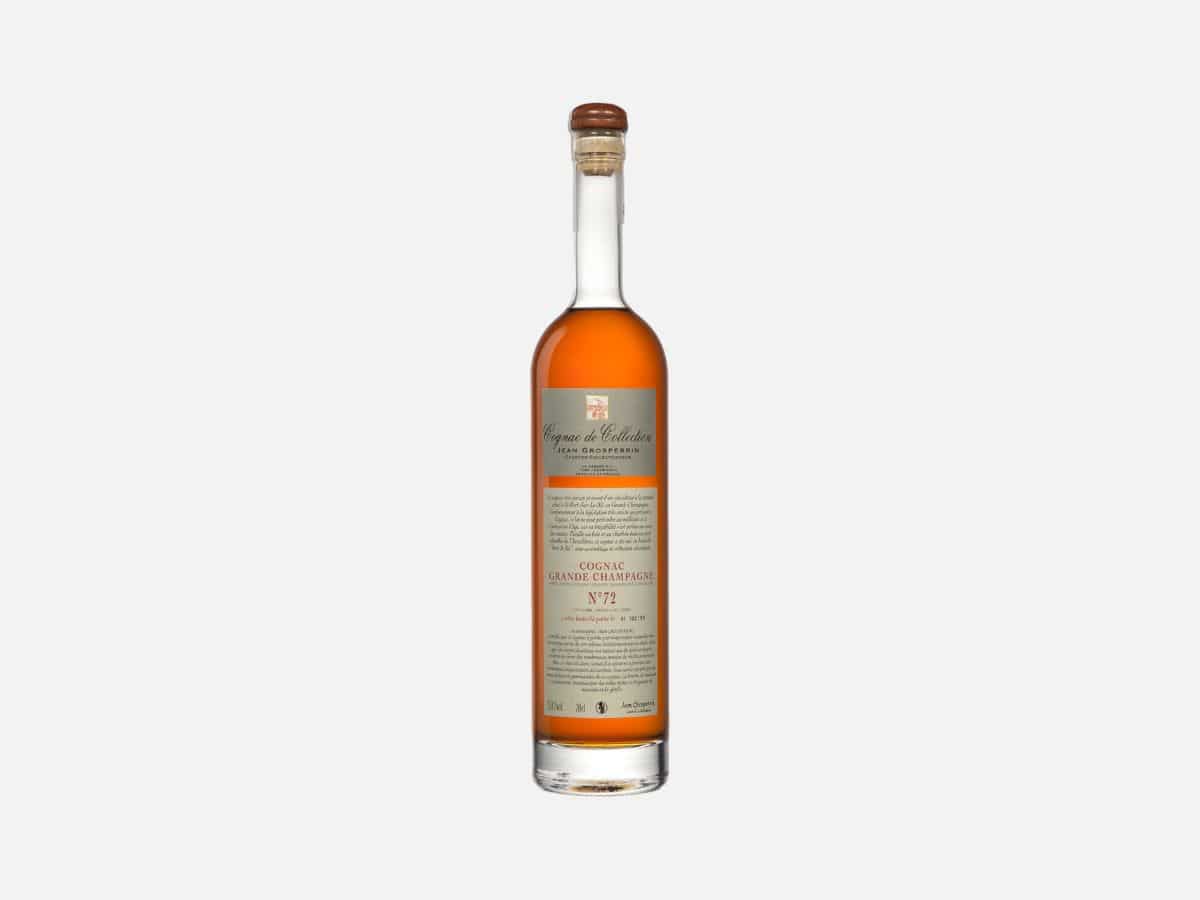
14. Grosperrin
Many of the biggest cognac brands have seemingly ancient histories. Grosperrin wasn’t founded until 1999. And while this makes it a baby in the cognac world, it hasn’t stopped the brand from crafting high-quality, boundary-pushing spirits in the last two decades. Unlike other cognac houses, Grosperrin simply launches its cognacs by batch number. While they vary depending on the batch, the brand is known for its slightly spicy, fruity, tobacco, and vanilla-filled cognacs.
Founded: 1992
Founder: Jean Grosperrin
Headquarters: Saintes, France
Price: from AU$230
Shop at Grosperrin Shop at Dan Murphy’s
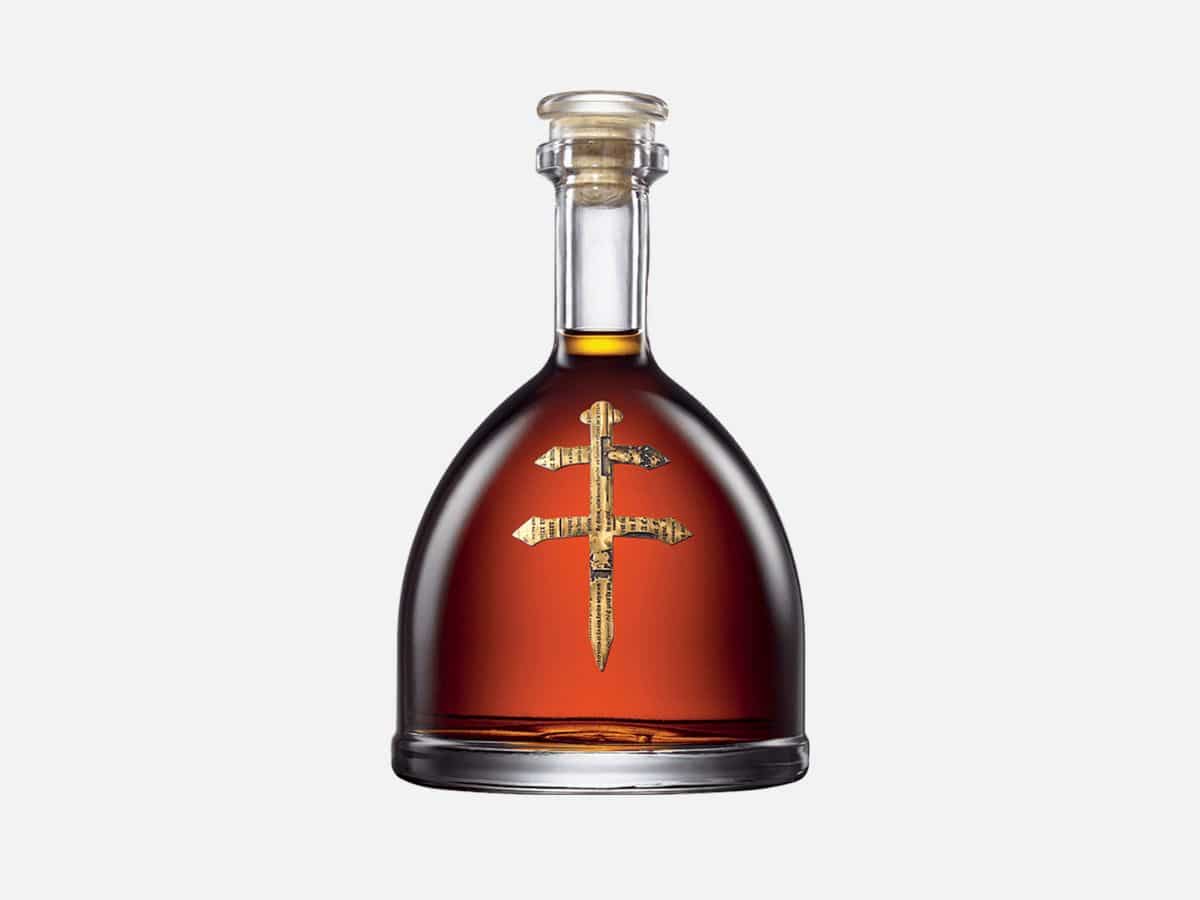
15. D’Usse
To say D’usse is a brand for the modern cognac drinker is a bit of an understatement. Founded by Jay-z and master cellar master Michel Casavecchia, it’s produced at Château du Cognac, one of the oldest cognac houses in the country. If you’re looking to try this brand, we suggest starting with D’Usse VSOP with its palate of nutty sweetness, vanilla, honey, and cinnamon sugar.
Founded: 2012
Founder: Shawn ‘JAY-Z’ Carter
Headquarters: Château du Cognac and a subsidiary of Bacardi.
Price: from AU$100
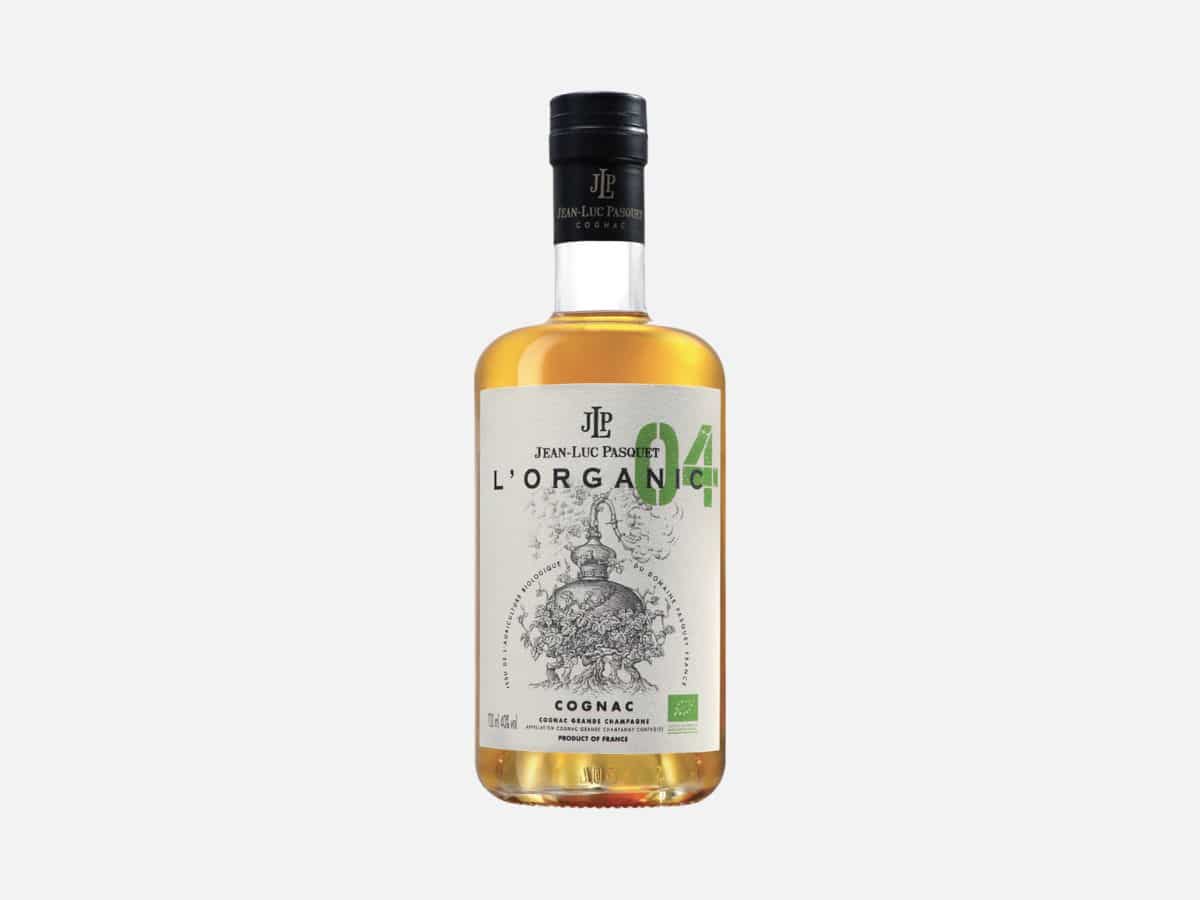
16. Jean-Luc Pasquet
The Pasquet vineyard has been family-owned since 1730. While the grapes have been grown in the traditional way for centuries, husband and wife Jean Luc and Marie Françoise Pasquet realized that their vines weren’t in great condition so in the early ‘90s they decided to switch to organic farming. Its organic cognac is a mix of traditional methods and contemporary thinking. A great starting point with this brand is its Jean-Luc Pasquet L’Organic 10 made with a blend of organic Eaux de vies matured between 10 and 12 years.
Founded: 1977
Founder: Jean Luc Pasquet
Headquarters: Cognac, France
Price: from AU$150
Shop at Dan Murphy’s Shop at Nicks
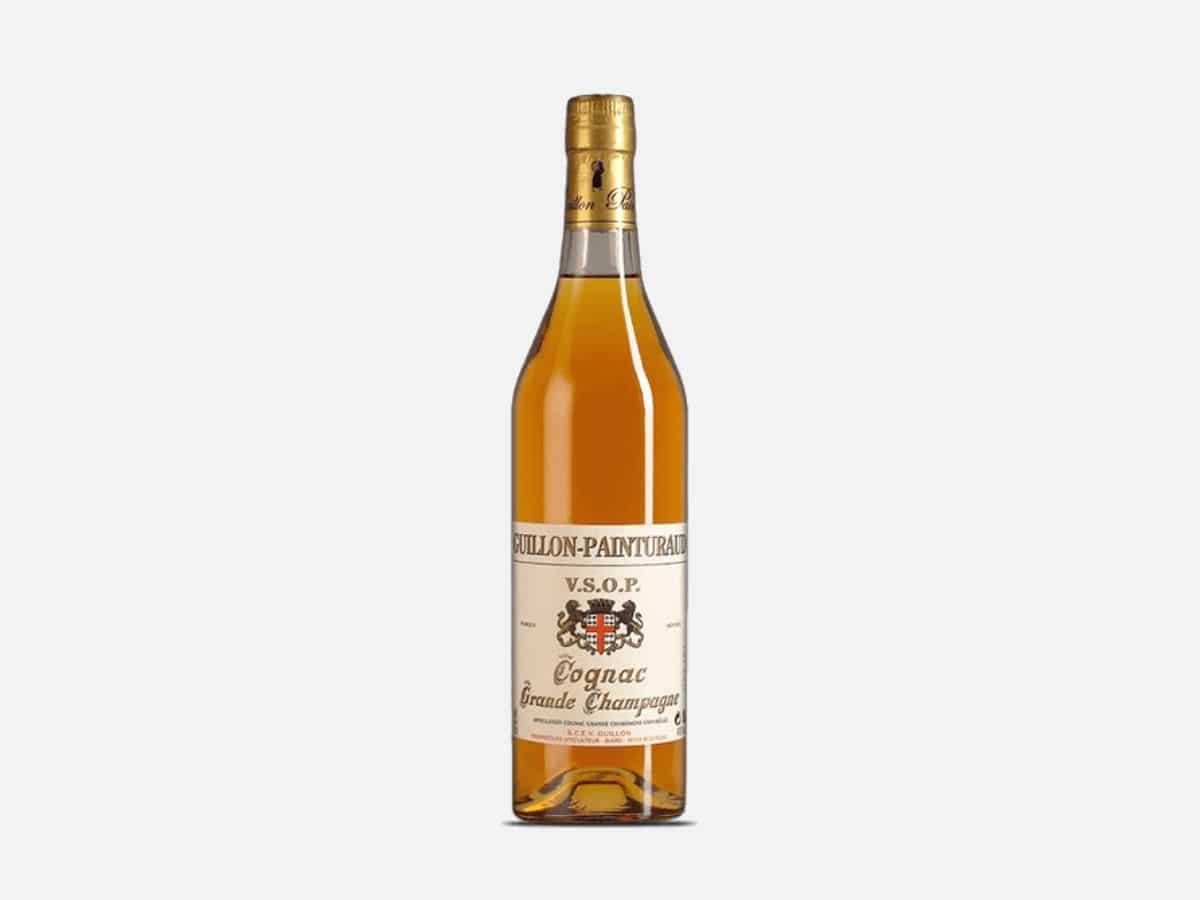
17. Guillon-Painturaud
Like many cognac houses, Guillon-Painturaud can trace its history to the early 18th century. This traditional cognac house is comprised of blends using only Eaux de vie from Ugni Blanc grapes all of which are grown on the family estate. Not only that, the distillation, aging, blending, and even bottling is done on-site. Its VSOP is beloved for its notes of candied orange peels, honey, tropical fruits, dried cherries, and sweet caramel.
Founded: 1610
Founder: Guillon Painturaud Family
Headquarters: Segonzac, France
Price: from US$40
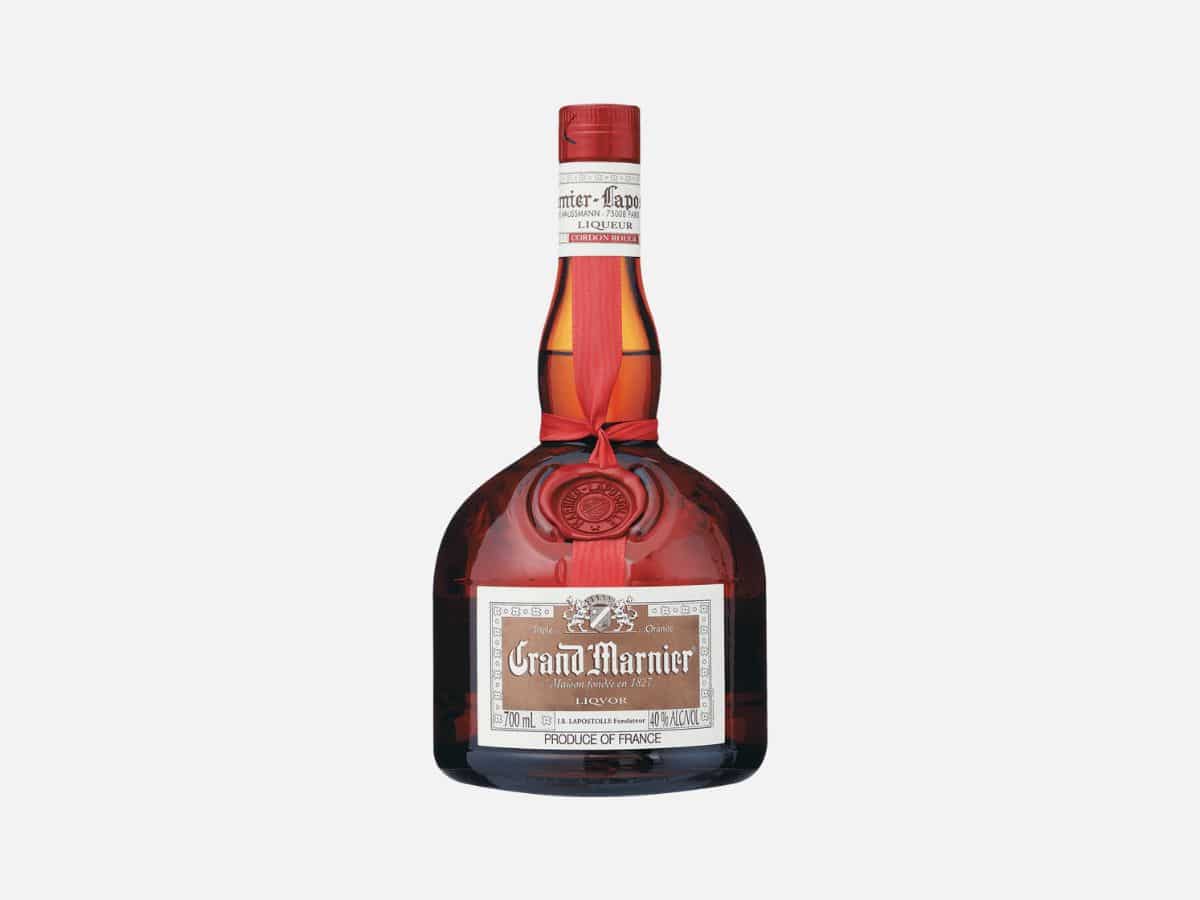
18. Grand Marnier
Gran Mariner differentiates itself from the other cognac brands because it’s more than just a cognac. In fact, due to its recipe, it’s not a cognac at all. Even though it contains cognac, it’s a liqueur because it also contains sugar and bitter orange flavours. While it comes in a wide range of expressions, its Cordon Rouge with its flavours of caramel, candied orange peels, and nutty sweetness is the most well-known by far.
Founded: 1827
Founder: Jean-Baptiste Lapostolle
Headquarters: Cognac, France.
Price: from AU$60
Shop at Grand Marnier Shop at Dan Murphy’s
How Man of Many Chose the Best Cognac Brands
With more than 10 years of experience sipping the best Cognac on earth, Man of Many’s editors are a stickler for research and certainly know a thing or two about drinks. That didn’t stop them from turning to the experts for this list, compiling this list through the personal experience of author Christopher Osburn and online research from drinks critics and expert cognac reviewers. For the most part, they’re sticking with globally recognised names that you either know and love or should know and love, such as Hennessy, Rémy Martin, Martell, and Courvoisier.
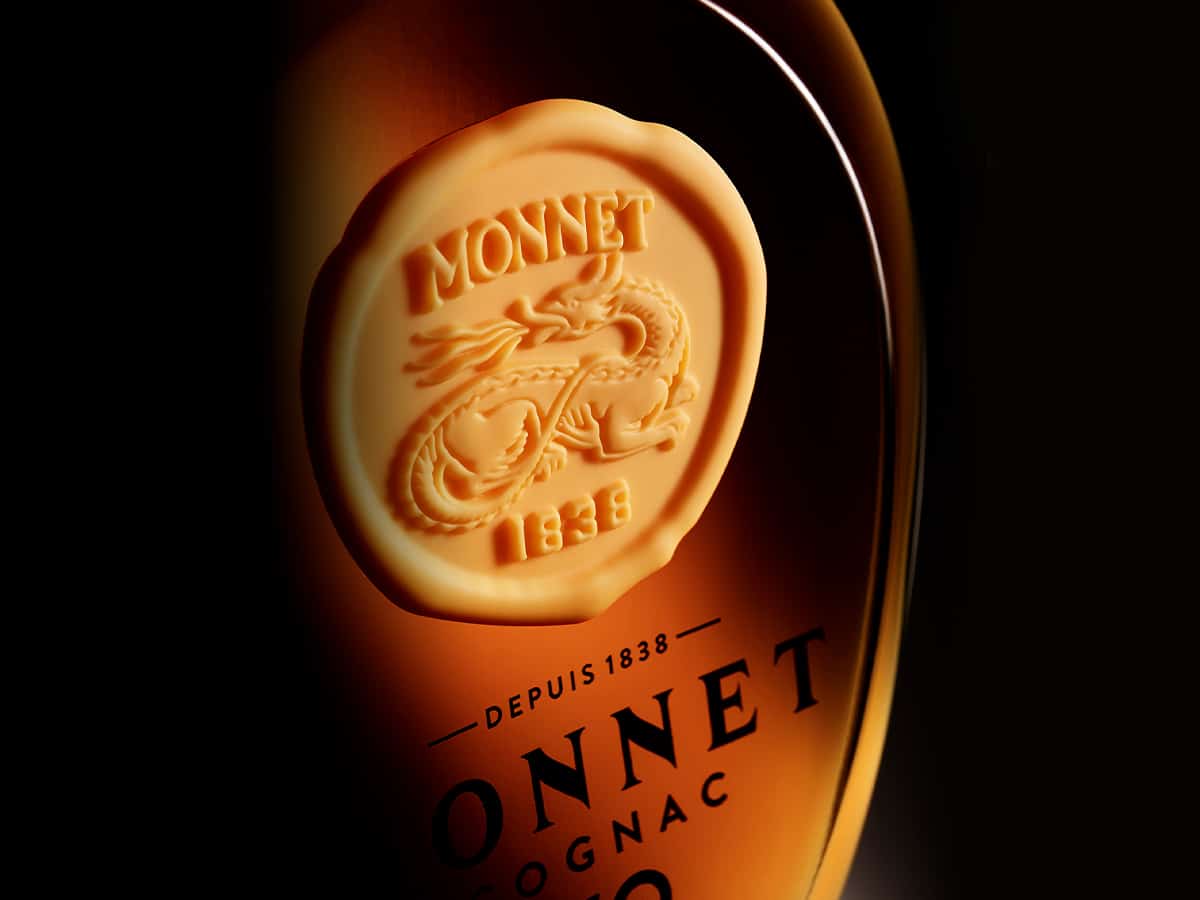
How is Cognac Made?
Not only is it a specific type of Brandy, but it’s made in accordance with strict regulations.
- In order to make the cut, it must be produced using white grapes – mostly Ugni Blanc grapes.
- These grapes must come from one of six different terroirs in the Cognac region of Southwest France.
- The resulting juice is then double-distilled in a copper pot still, which creates a young spirit known as eau de vie (translation: “water of life”).
As per the regulatory standards, the eau de vie is then aged for a minimum of two years, during a highly unique maturation process that involves redistribution from one French oak barrel to another. Next, a master blender typically “marries” (i.e. blends) assorted vintages and then puts the blend back in the barrel for additional aging.
What are the Different Types of Cognacs?
When the cognac finally lands in the bottle, its adjoining age statement denotes the youngest vintage in the blend. There are three general age statements:
- VS (Very Special) – The most common form of cognac, which has been aged for the mandatory minimum of two years.
- VSOP (Very Superior Old Pale) – The youngest vintage in the blend has been aged for at least four years.
- XO (Extra Old) – The youngest vintage in the blend has spent a minimum of six years inside the barrel.
While some spirits rely on specific terms (like bottled in bond) or age statements, cognac comes in VS (aged for at least two years), VSOP (aged for at least four years), XO (aged at least ten years), XXO (aged at least 14 years), and beyond. On top of these terms, there are also other offshoots like Hors d’âge which is used to describe a cognac that has matured past the official age range. There are also other phrases like Napoleon, Reserve, Extra Cognac, and Cuvee Cognac that you might find on longer-aged expressions.
How Should You Drink Cognac?
While there’s no wrong way to drink cognac, most enthusiasts enjoy sipping it neat. Like with whisky, some drinkers like to add a few drops of water to open it up and release more flavour. But some people like to mix whiskey or sip it on the rocks.
What’s the Difference Between French Cognac and Brandy?
All cognac is brandy, but not all brandy is cognac. Specifically, brandy is a spirit made by distilling wine. Therefore, cognac is a brandy just like tequila is a mezcal or an IPA is a beer. Cognac is a brandy, but it’s a specific type of French brandy that must be produced in a specific area of Southwest France and follow certain guidelines and rules. It’s more complicated than that, but this is the simplest explanation.
You’ll also like:
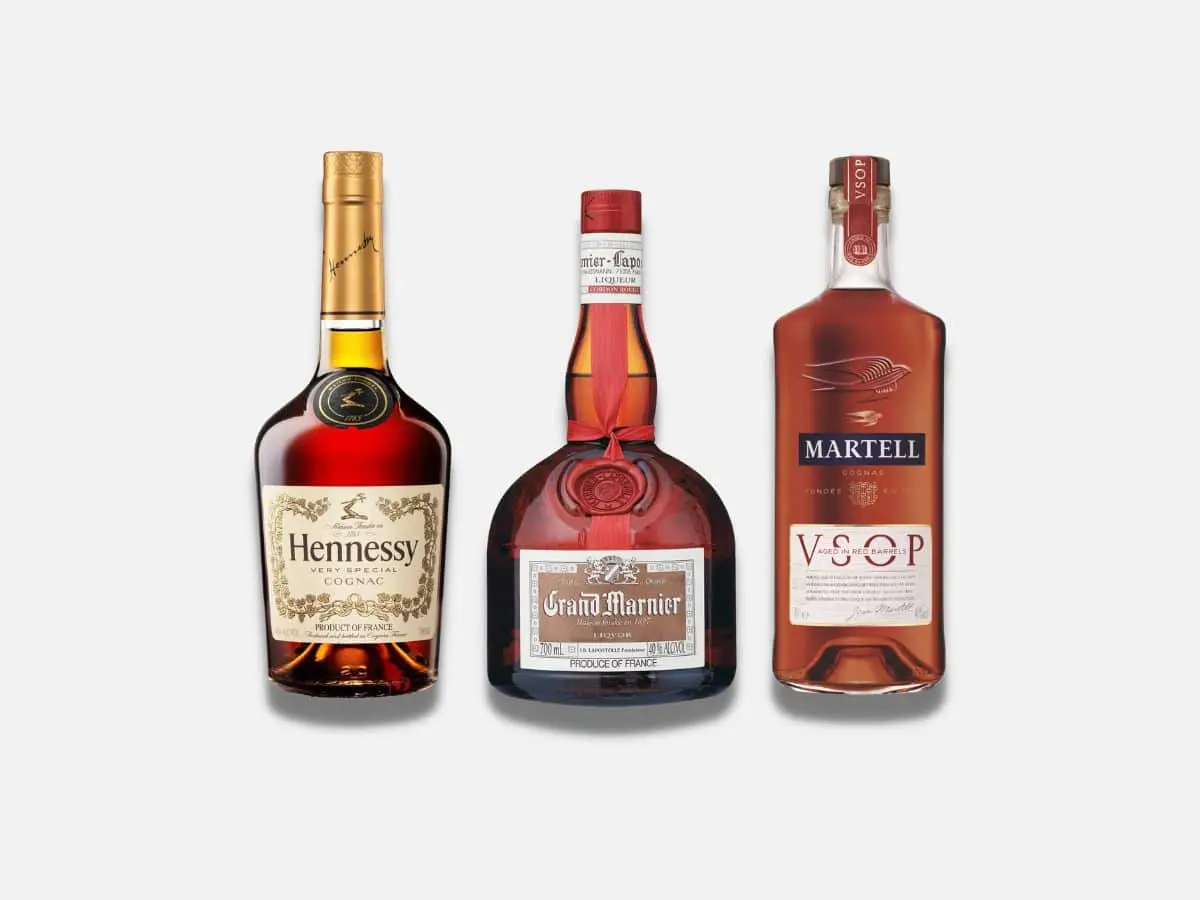
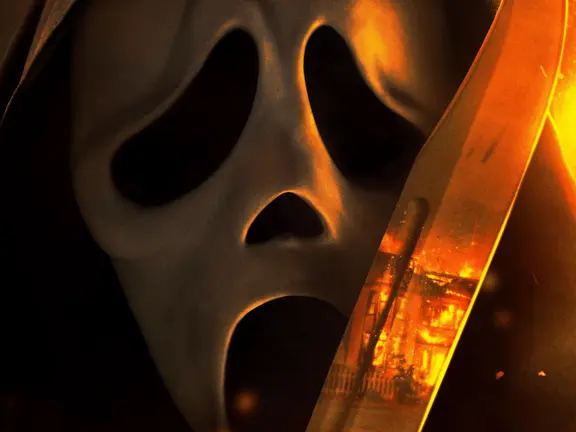




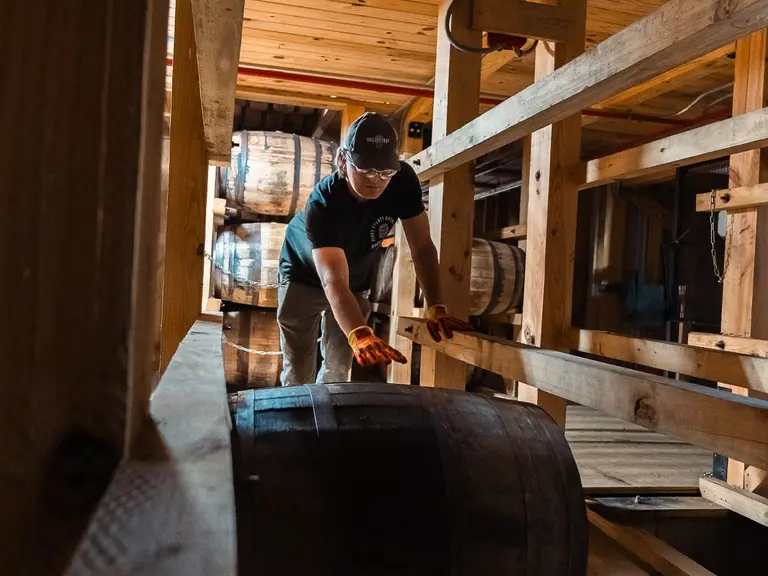
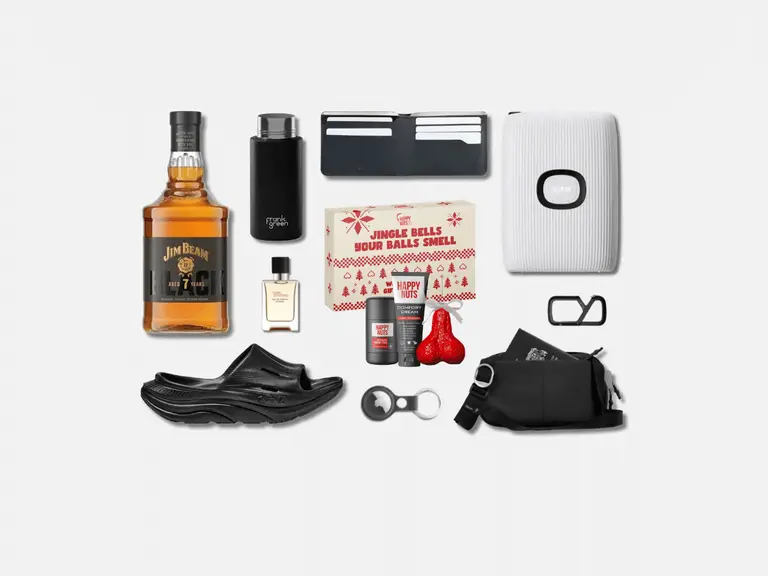










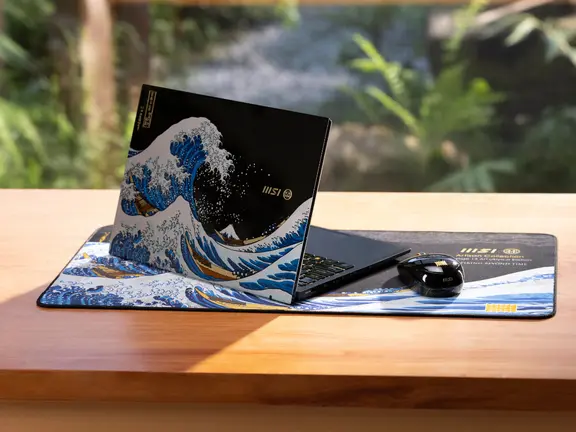



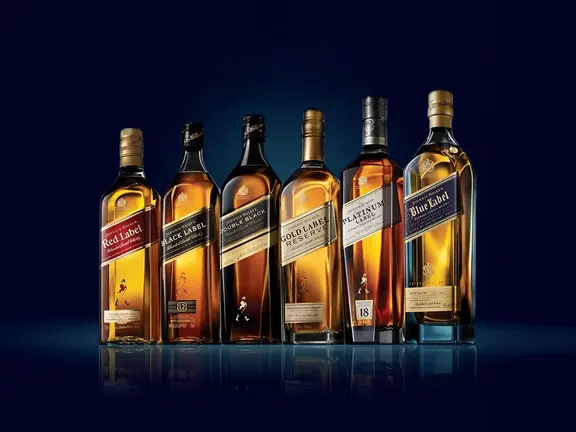








Comments
We love hearing from you. or to leave a comment.